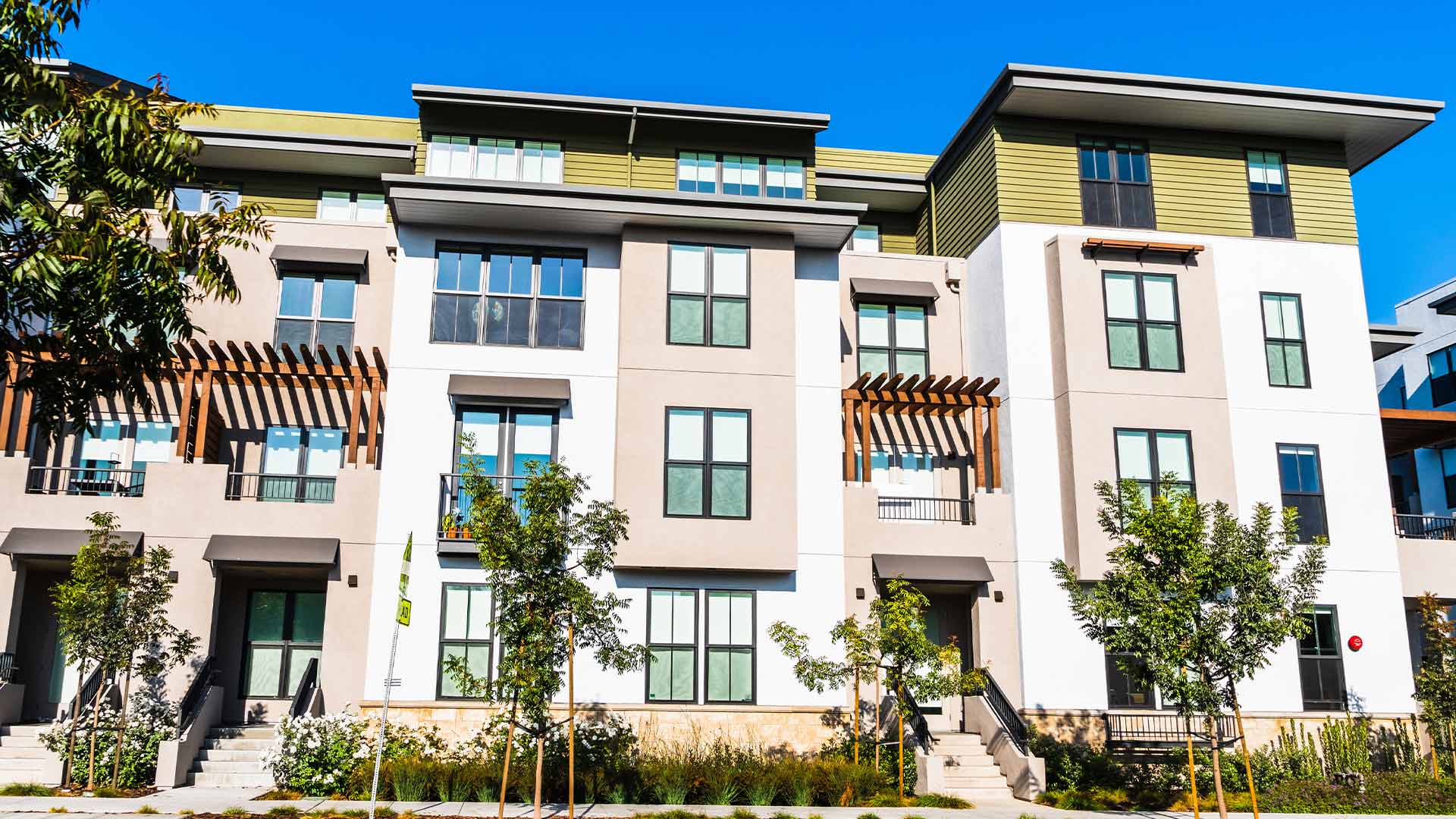
Investment property mortgages just got more expensive
Fannie Mae is making it tougher and more expensive to get an investment property mortgage or one for a vacation home. And it’s likely Freddie Mac will soon follow suit.
The changes, outlined by Fannie in a letter to lenders on March 10, don’t affect mortgages already agreed and locked.
But others who were planning to buy a second home with a conforming mortgage will likely encounter higher costs and possibly stricter requirements.
The new rules start on April 1. But lenders are already reacting. Here’s what you should know.
Verify your investment property mortgage eligibility today (Mar 16th, 2021)What’s changed for second home and investment property mortgages?
These changes were triggered by a new rule from the Federal Housing Finance Agency. FHFA regulates Fannie Mae and Freddie Mac, and it’s placing a tighter cap on the number of second home and investment property mortgages they can purchase.
Traditionally, the percentage of Fannie and Freddie loans that were allowed for second homes was somewhere in the mid-teens. But the FHFA has slashed that to 7% — close to half the usual figure.
Many lenders rely on selling their mortgages to Fannie or Freddie soon after closing. But now they can’t be certain they’ll be able to sell investment property and second home loans. Because Fannie and Freddie won’t be allowed to buy them, once they hit that 7% cap.
Higher closing costs for borrowers
The new rule puts extra risk on lenders, because they could be left with loans nobody wants to buy. And, as you’d expect, lenders are quickly shifting that risk onto borrowers in the form of higher loan costs.
How much higher? Well, Mortgage News Daily reports that Penny Mac, a company that originates many second home and investment property conforming loans, has already added a charge equal to 2.25% of the loan amount on all non-primary-residence applications — even those with a down payment of 25% or more.
Those putting down than 25% face a 5% additional cost.
That means if you were hoping to borrow $300,000 for a vacation home or investment property, and you have a 20% down payment, you could face an additional $15,000 charge or a higher rate to compensate for the fee (see next section).
Could a higher mortgage rate replace higher closing costs?
Some lenders may let borrowers pay these fees via a higher mortgage rate, rather than paying them upfront at closing. They did last year when FHFA introduced an “adverse market refinance fee” on most conforming refinance loans.
Of course, a higher rate is likely to cost more in the long run than paying these fees upfront, because you’re paying interest on the full loan amount for so long. But many borrowers would likely prefer this over having to come up with an extra $15,000 or more at closing.
Will it be harder to qualify for investment property mortgages?
On its own, the FHFA’s new rule doesn’t directly affect lenders’ underwriting criteria for investment properties. There’s been no formal change in requirements for:
- Credit scores
- Debt-to-income ratios (DTIs)
- Cash reserves
However, investment property and second home borrowers may want to save up a bigger down payment, as fees and/or rates are likely to be much higher on loans with less than 20%-25% down.
And, since many lenders will be forced to limit the number of second home and investment property mortgages they create, the new rules may encourage them to be more selective about the borrowers they’re willing to work with.
So it would be no great surprise if lending rules for these mortgages end up becoming a little tighter.
Verify your investment property mortgage eligibility today (Mar 16th, 2021)Can you dodge the new fees?
Not all conventional loans are ‘conforming’ — meaning some don’t have to meet Fannie Mae and Freddie Mac’s requirements. You may be able to find a lender that will work with you on a different sort of vacation or investment property mortgage.
In fact, that’s the point of lenders’ efforts to increase fees and rates: to push consumers to non-Fannie, non-Freddie options.
Some lenders may create their own programs to scoop up a huge demand in the market, and might even offer great rates, too.
The bad news is that there could be a meaningful gap between when Fannie and Freddie reduce volume and new lenders rush in.
As importantly, there’s a reason why Fannie and Freddie’s offerings for investment property mortgages are popular. They’re safe and predictable. There’s nationwide conformity in the rules.
But that conformity could turn into fragmentation if individual banks and lenders start creating their own programs. This is already the case for the jumbo mortgage market.
And like jumbo mortgages, you may need to have very high credit and significant assets to qualify for an investment property or second home. Without Fannie and Freddie’s backing, lending typically gets more strict.
And, investment property mortgages have always been more costly than a owner-occupied ones. This change could widen the gap since the Fannie / Freddie rate environment is a tide that lifts all boats.
This means future buyers of investment properties and second homes should expect higher rates even if they are in stellar financial shape.
So the window of opportunity for finding a bargain on your investment property mortgage may be closing.
Since fees — and possibly rates — are increasing, you should set yourself up for the lowest possible cost by increasing your credit score, paying down debts, and saving a sizeable down payment. With the new rule in place, the strength of your application will matter more than ever.
Verify your new rate (Mar 16th, 2021)



